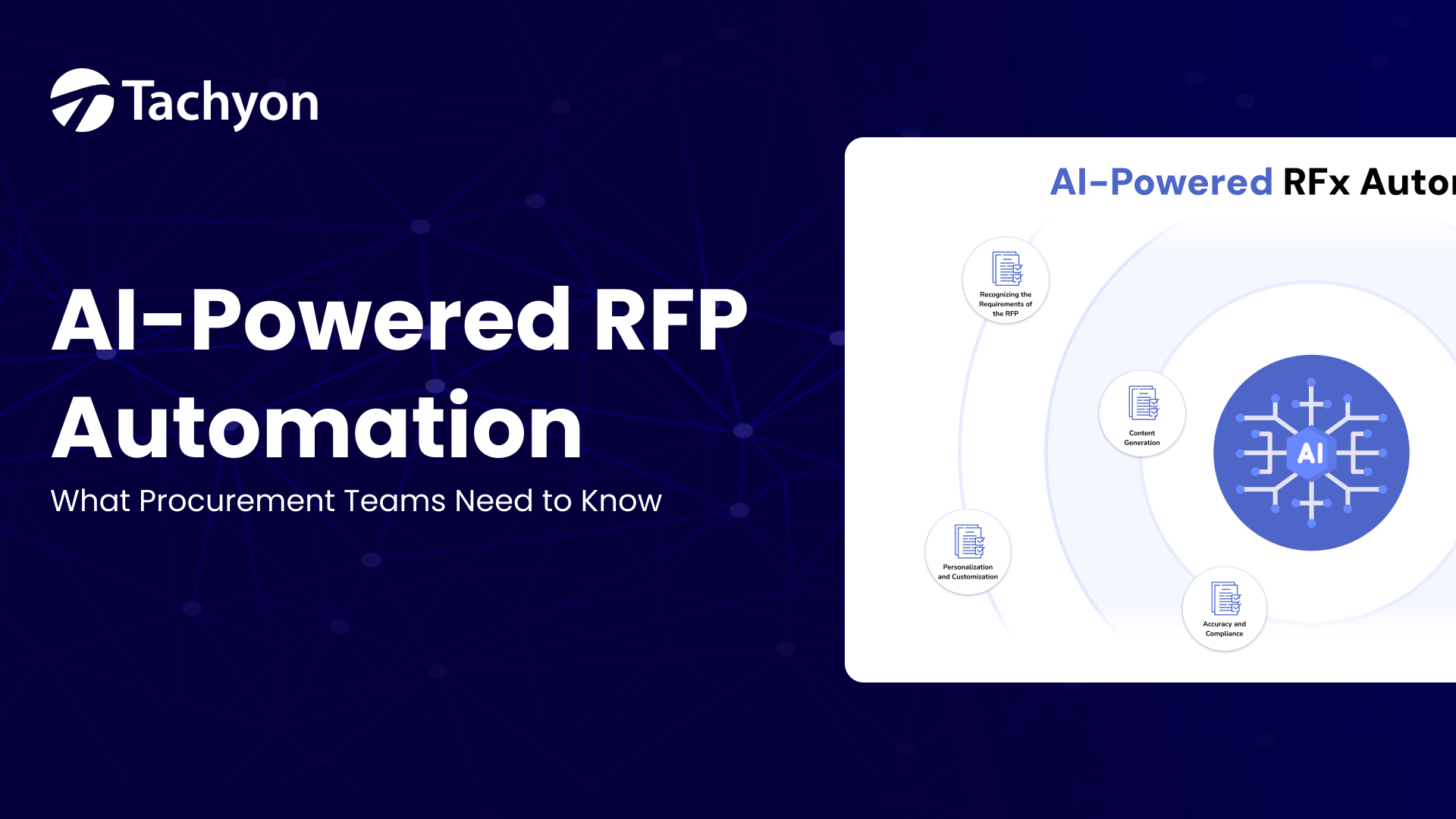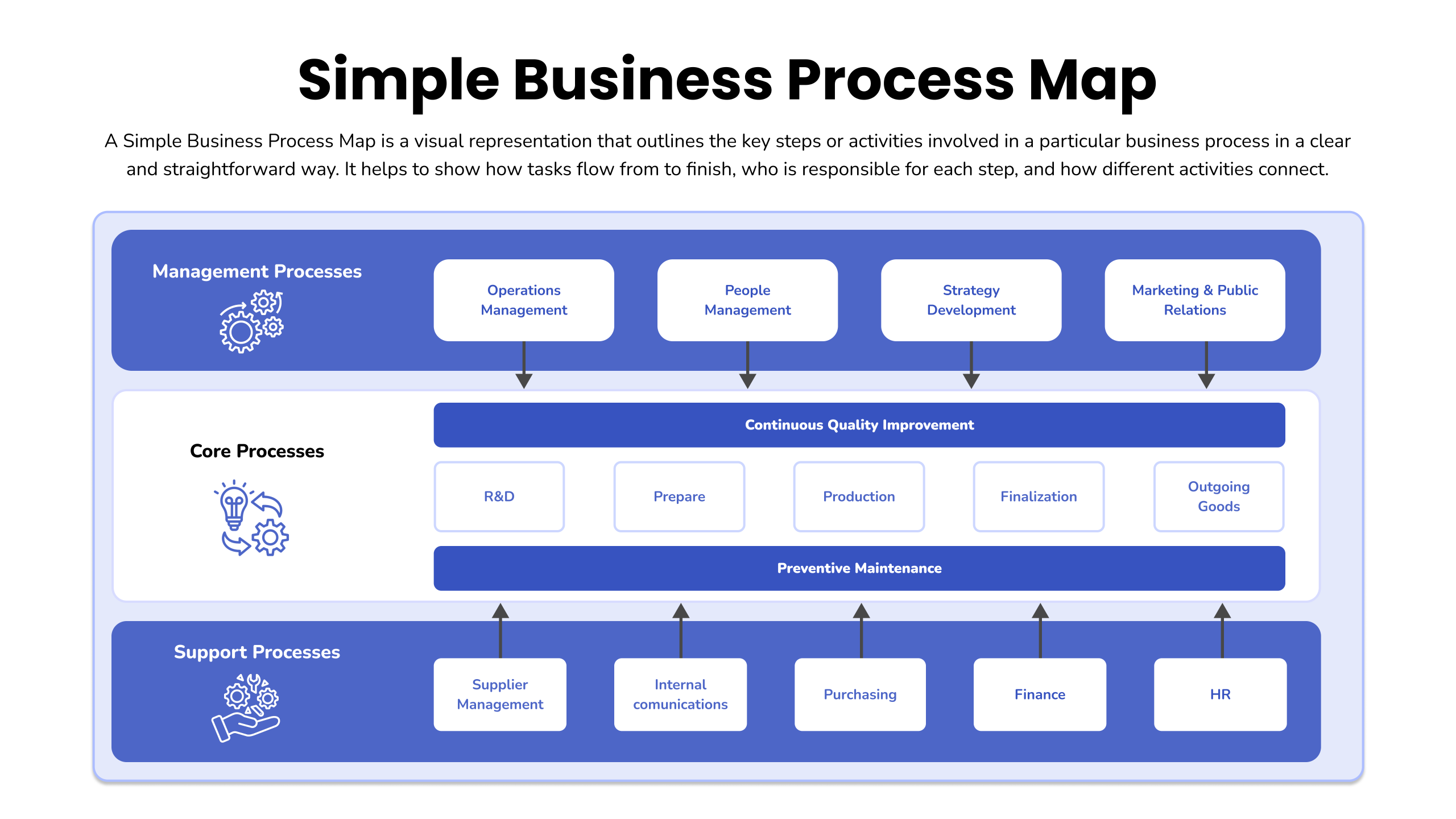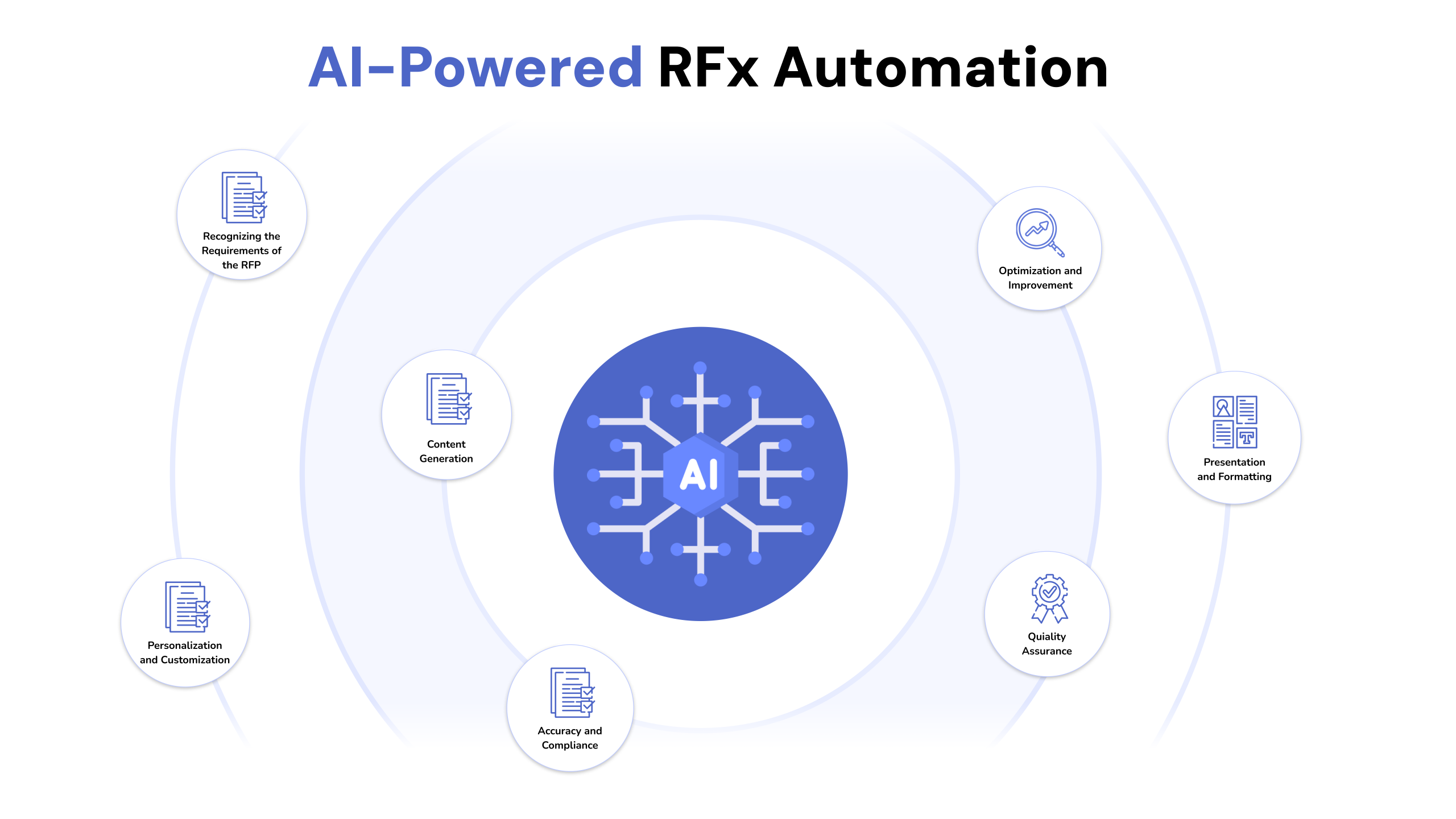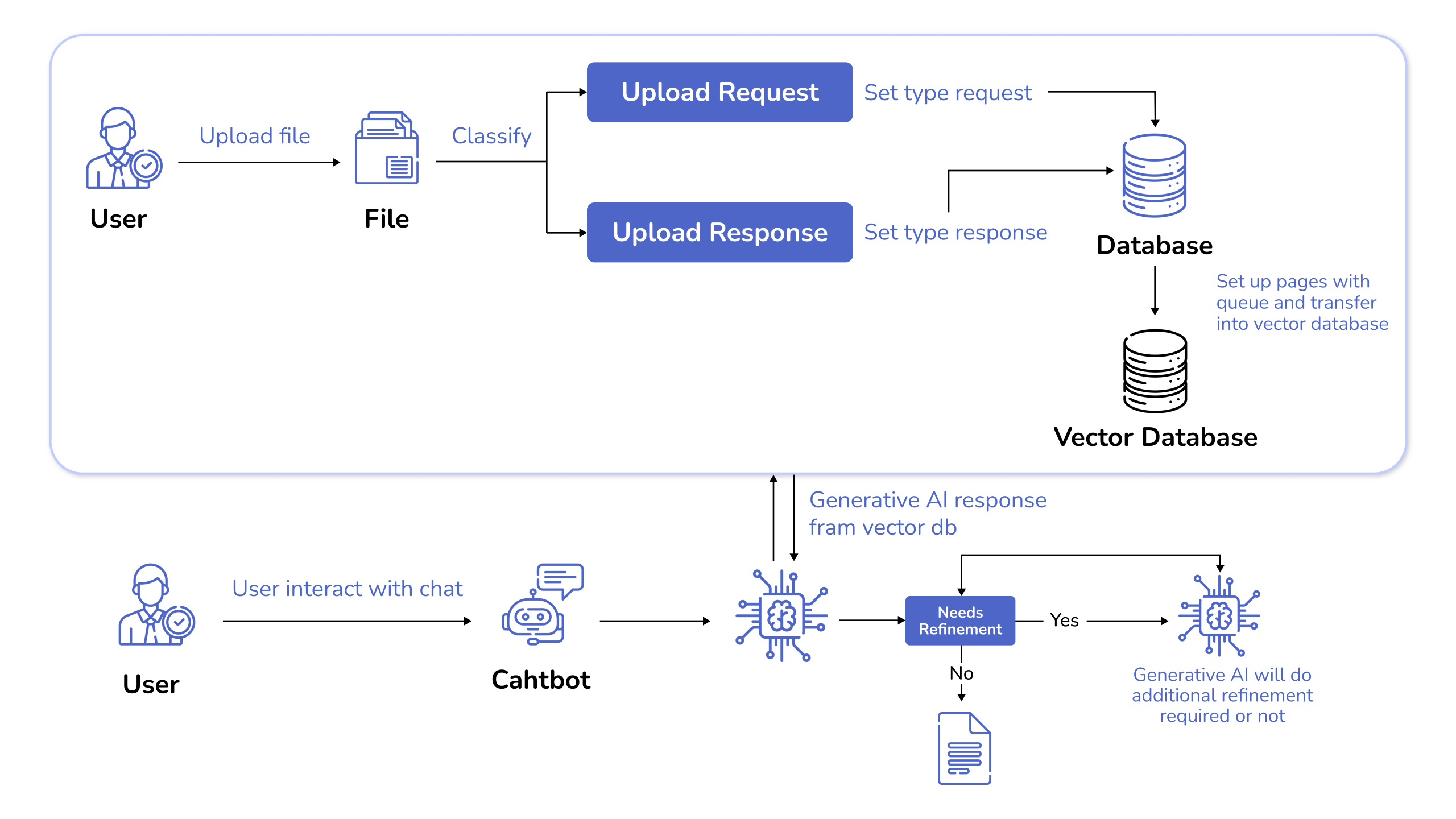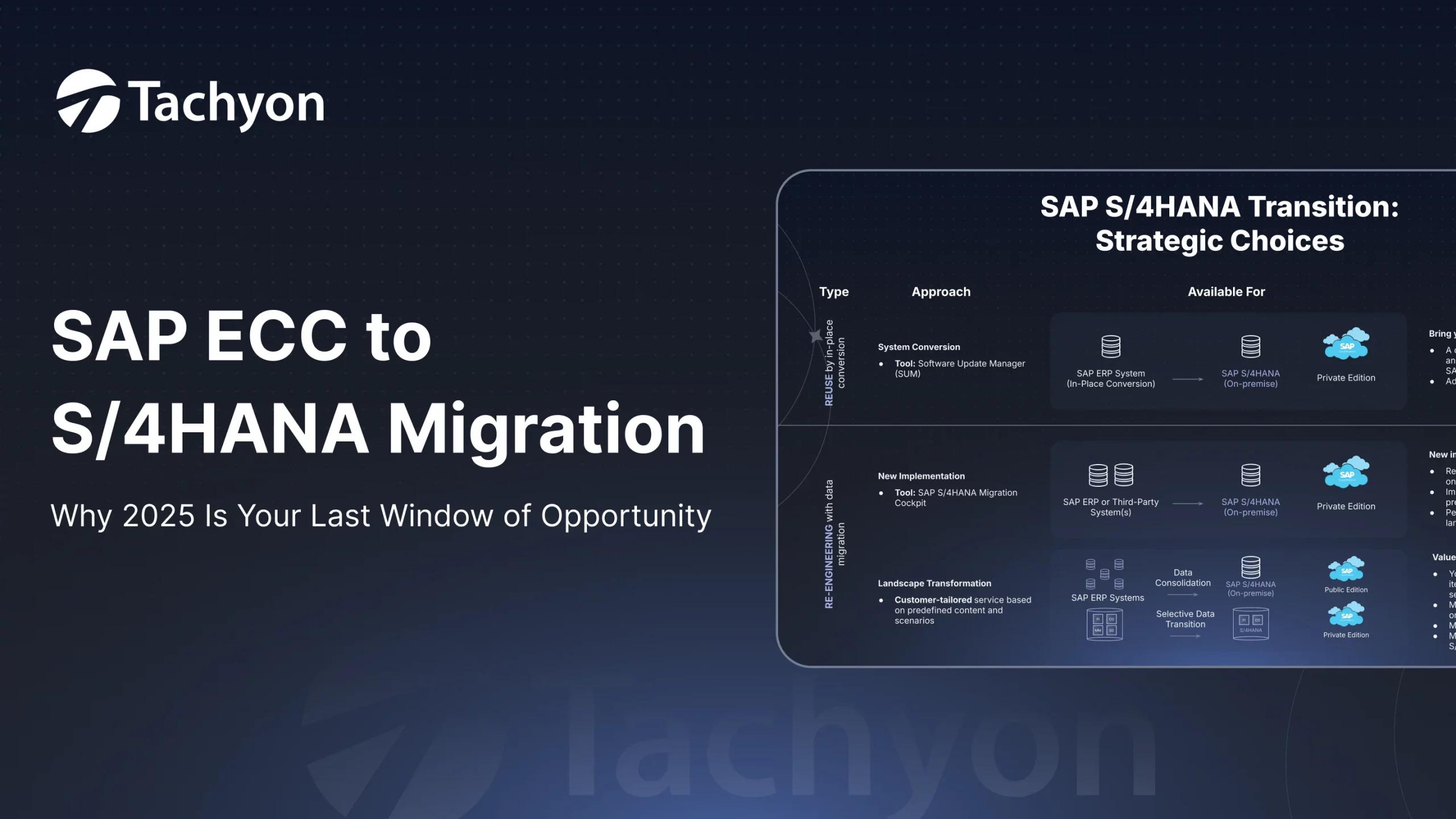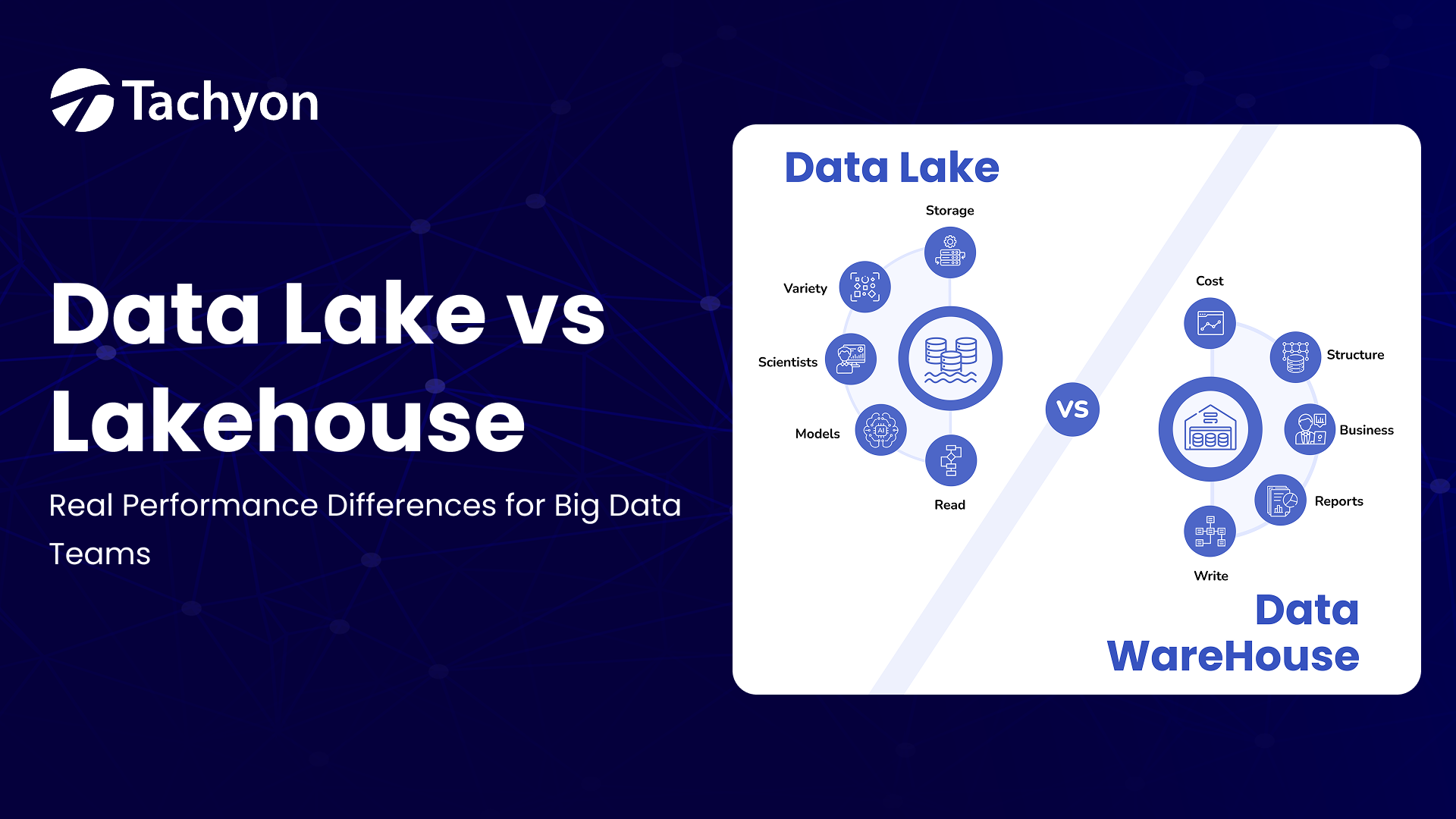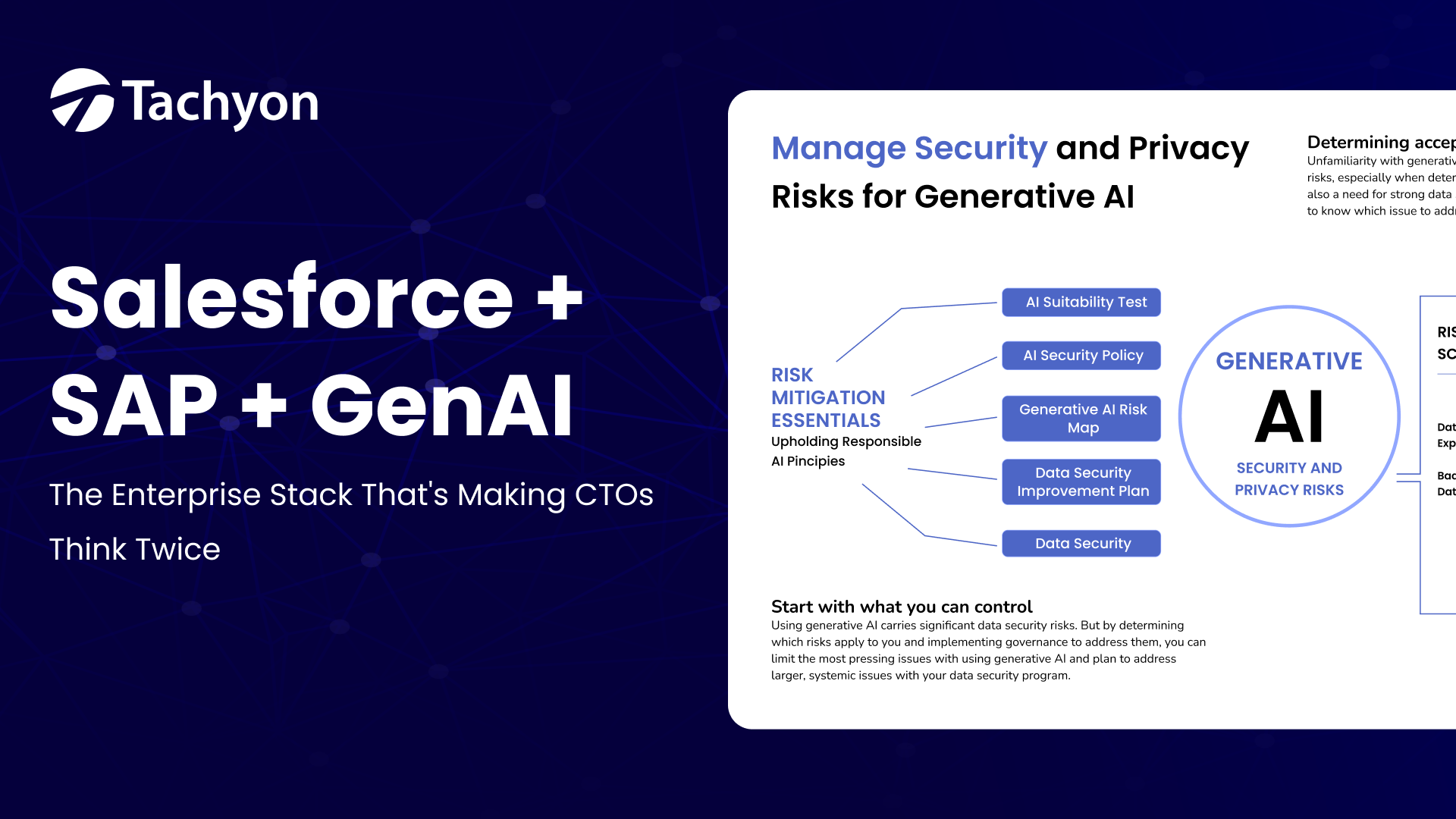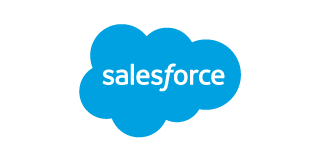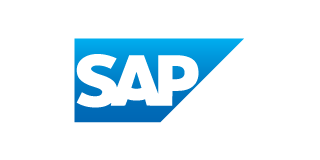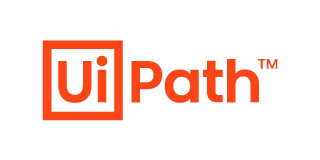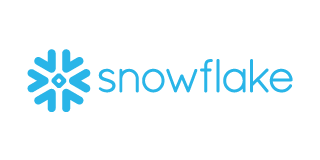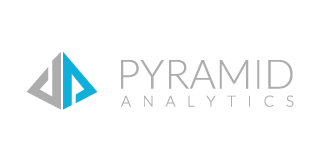Does your team waste precious time and resources on lengthy RFP generation processes? The typical RFP process takes two to six weeks. Now you can slash this response time from weeks to just a few days. Smart generation tools can change how businesses handle proposals. These tools create a smoother and less stressful experience for everyone involved.
Traditional RFPs come with bottlenecks and tedious manual tasks. The right RFP automation tools can cut your cycle time by 70%. AI RFP response systems need just minutes to create complete documents like scope of work or vendor questionnaires. Our team has witnessed how implementing RFP automation tools speeds up the process and boosts accuracy. Companies that use AI RFP solutions see a 40% increase in supplier response rates. This improvement comes from efficient workflows and better communication.
This piece will show you how to cut your RFP response time by 60%. Smart generation tools make it easier to research, write, and polish proposals. You’ll learn strategies to automate content generation and create efficient approval workflows. These changes will help you win more business and give your subject matter experts the time they need.
Why Traditional RFP Workflows Are Slowing You Down
Traditional RFP generation processes cost you more than you realize. A staggering 84% of proposal professionals still use manual processes. These inefficiencies directly affect your bottom line.
Manual content reuse and versioning issues
Looking for relevant content in RFPs feels like searching for a needle in a digital haystack. Teams waste valuable hours searching through emails, folders, and spreadsheets for information they know exists. Research shows it takes up to eight attempts to find the right information. This approach creates a content bottleneck. Your team spends most of their time on repetitive content instead of tailoring proposals to client needs. Poor version control leads to inconsistencies that undermine your credibility and weaken your position.
Cross-functional delays and approval bottlenecks
The approval process becomes a major roadblock in traditional RFP workflows. Industry research shows 39% of procurement leaders cite internal complexity—like silos and inconsistent processes—as a major risk. Only 26% report excellent internal collaboration. RFPs often get stuck between approvals due to unstructured review processes and slow communication. These delays become especially problematic with stakeholders from product marketing, finance, or legal departments.
High SME dependency and fragmented knowledge sources
The biggest concern: 48% of RFP teams name collaborating with Subject Matter Experts (SMEs) their number one challenge. This dependency creates several key problems:
- SMEs juggle multiple responsibilities, making RFP tasks a low priority
- Knowledge scatters across 80+ different tools (SharePoint, Slack, Google Drive, etc.)
- Teams duplicate or recreate answers from scratch
- Cross-functional dependencies slow things down, especially for legal, IT, or compliance reviews
52% of RFPs get rejected due to non-compliance. This represents huge lost opportunities. The current manual approach ties up your most valuable resources—sales engineers, product managers, legal experts—in repetitive, low-value tasks instead of strategic work.
How Smart Generation Tools Reduce RFP Time by 60%
Modern rfp automation tools cut down response preparation time by up to 70%. This breakthrough has transformed how teams create proposals. These tools deliver measurable gains in efficiency through three main capabilities.
Unified platform for SAP and non-SAP systems
SAP BTP gives organizations the ability to combine and extend business applications in both SAP and non-SAP environments. This unified approach breaks down data silos that split enterprise systems. The platform works with hybrid landscapes and connects on-premise systems like ECC or S/4HANA to cloud-based applications without core ERP changes. You retain control of upgrades with this clean core strategy.
Organizations can build a cohesive ecosystem that links legacy systems to modern cloud solutions. This approach tackles the fragmentation that many enterprises don’t deal very well with.
Automated content generation using AI RFP tools
AI rfp response engines study each RFP question’s context to create tailored, quality responses. Technologies like Cypress AI’s GraphRAG and natural language processing help these systems produce compelling content that meets specific requirements. Teams using structured ai rfp libraries have reduced content duplication by 82%. Modern platforms can:
- Generate win themes by analyzing past proposals
- Auto-draft compliance matrices from RFP documents
- Predict evaluator priorities through bid analytics
Real-time collaboration with integrated RFP automation platforms
Rfp automation platforms break down silos with centralized workspaces that let team members work together in real time. The systems route tasks intelligently and send automatic reminders to ensure each stage finishes on time. Companies using specialized rfp automation tools see their win rates climb by 5-10%. Teams now create high-quality proposals in hours instead of weeks through simplified processes that maintain cohesiveness whatever their location.
Auto-tagging and retrieval from content libraries
Automatic content categorization and tagging makes knowledge management substantially more efficient. Advanced knowledge graph architecture creates connections between content pieces for quick retrieval. This feature removes manual tagging needs while keeping proposals consistent. AI-optimized libraries also provide up-to-the-minute content freshness monitoring to alert teams about outdated information.
The results speak for themselves. Organizations using AI-optimized libraries complete responses 63% faster and win 45% more often than those using manual systems. Quality proposals now take hours instead of weeks to create. Companies can focus their resources on strategic work rather than getting stuck with administrative tasks.
Key Benefits of Using AI for RFP Automation
Numbers tell a compelling story about ai rfp response effectiveness. Companies that implement these solutions see measurable improvements in their proposal process.
Faster first drafts with AI RFP response engines
rfp generation powered by AI makes first drafts lightning-fast. Teams can now complete proposals in hours rather than days. Organizations that use automated rfp automation tools see a 37% boost in response speed. Customers who switch from legacy software to AI-driven solutions achieve 60% better workflows. Those without previous rfp automation software experience gains that exceed 80%. AI engines now handle 80% of the original content creation, which means first drafts take minutes instead of days.
Improved accuracy and compliance with built-in validation
ai rfp systems deliver exceptional precision. These tools scan proposals automatically and cross-reference past submissions to line up with specific requirements. Automated compliance matrices track each requirement to prevent expensive mistakes. Companies that adopt rfp automation see a 10% increase in win rates. Live error detection helps identify inconsistencies before submission.
Reduced cost per proposal through automation
rfp automation tool implementation brings financial benefits throughout the organization. These systems cut operational costs related to RFPs by 10%. Companies report $17 million in response cost savings and 21,100 hours saved in response time. This streamlined efficiency lets organizations pursue more opportunities without hiring more staff. Some companies submit 25% more bids with their existing teams.
Consistent tone and formatting across responses
ai rfp response systems offer another vital advantage through consistency. These platforms keep terminology and messaging uniform in all proposals. Teams use centralized content libraries to ensure brand guideline compliance. Technology adjusts formatting automatically to match company specifications. This professional presentation builds client trust. Businesses that use rfp automation tools receive 40% higher supplier response rates because of this standardization.
Overcoming Challenges in AI RFP Implementation
RFP automation solutions bring great benefits, but organizations face several critical challenges during implementation. Success depends on careful planning in three key areas.
Ensuring data privacy and compliance in AI workflows
RFPs contain sensitive details like team bios, financial data, and proprietary approaches. AI rfp tools should not share your data to train their models. Security-focused solutions must provide SOC 2 Type 2 compliance, data encryption both in transit and at rest, and single sign-on capabilities. Federal contracts require rfp generation tools that meet strict regulations like CMMC, ITAR, and NIST 800-171 requirements. Your implementation protocols should protect controlled unclassified information (CUI) and meet cybersecurity compliance standards.
Training teams for human-in-the-loop review cycles
Microsoft’s implementation of rfp automation tools showed that users rely too heavily on first drafts. They sometimes submit incorrect information that hurts the organization’s bottom line. Proposal leaders should set clear guidelines for human-in-the-loop reviews. Here are the critical aspects:
- Set specific checkpoint stages that require human oversight
- Help compliance personnel understand AI outputs better
- Create ongoing programs to teach employees about their roles in data integrity
This strategy makes AI work as a copilot that proposes actions for humans to approve, modify, or reject—especially with sensitive operations.
Integrating AI RFP tools with existing CRM and content systems
AI rfp response systems work best with continuous connection to your business tools. Choose platforms that link to your current CRM, document management systems, and collaboration software. Good integration removes duplicate tasks, cuts bottlenecks, and speeds up response times. The technology should fit your current processes instead of forcing teams to change their workflows. The best results come from customizable solutions that match your industry and typical RFP types.
Conclusion
AI-powered generation tools have reshaped the scene of RFP responses. In this piece, we’ve explored how these AI-driven solutions reduce response time by 60% and enhance quality and compliance. Teams can now complete in days what used to take weeks, leaving behind the burden of manual processes.
Results tell a compelling story. Companies that use AI RFP automation see remarkable improvements: 37% faster responses, 10% higher win rates, and lower costs. These tools also free expert team members from repetitive work so they can concentrate on activities that accelerate business growth.
The switch to automated RFP systems doesn’t need a complete process overhaul. Companies can roll out these solutions step by step while their operations continue smoothly. Success depends on choosing platforms that combine smoothly with existing CRM systems and having proper human oversight.
Organizations that accept new ideas in AI-powered automation will lead the future of proposal management. Those sticking to traditional manual methods will fall behind rivals who employ these productivity gains. Knowing how to respond quickly and accurately to more opportunities without hiring more staff creates a real edge in the market.
Our direct experience shows these tools help proposal teams evolve from basic document processors into valued business partners. The real question isn’t about affording AI RFP automation—it’s about missing out on 60% time savings for your organization.
Key Takeaways
Smart generation tools are revolutionizing RFP processes, enabling organizations to dramatically reduce response times while improving quality and win rates.
- AI RFP tools cut response time by 60-70% by automating content generation, eliminating manual searches, and streamlining approval workflows across teams.
- Organizations see 10% higher win rates and 37% faster responses when implementing AI automation, plus significant cost reductions through reduced operational overhead.
- Manual RFP processes waste critical resources – 84% of teams still use manual methods, with 48% citing SME collaboration as their biggest challenge.
- Success requires proper implementation strategy including data privacy compliance, human-in-the-loop review cycles, and seamless CRM integration to maximize benefits.
- AI acts as a strategic copilot, not replacement – freeing valuable SMEs from repetitive tasks to focus on high-value strategic activities that drive business growth.
The transformation from weeks-long manual processes to days-long automated workflows represents a fundamental competitive advantage that forward-thinking organizations cannot afford to ignore.
Transform Your RFPs with Generative AI
Cut response times by 60% with Generative AI. Automate proposals, streamline approvals, and win more deals — faster and smarter. Talk to our experts and unlock the power of AI for your RFP process.

